Thursday’s Model 1959
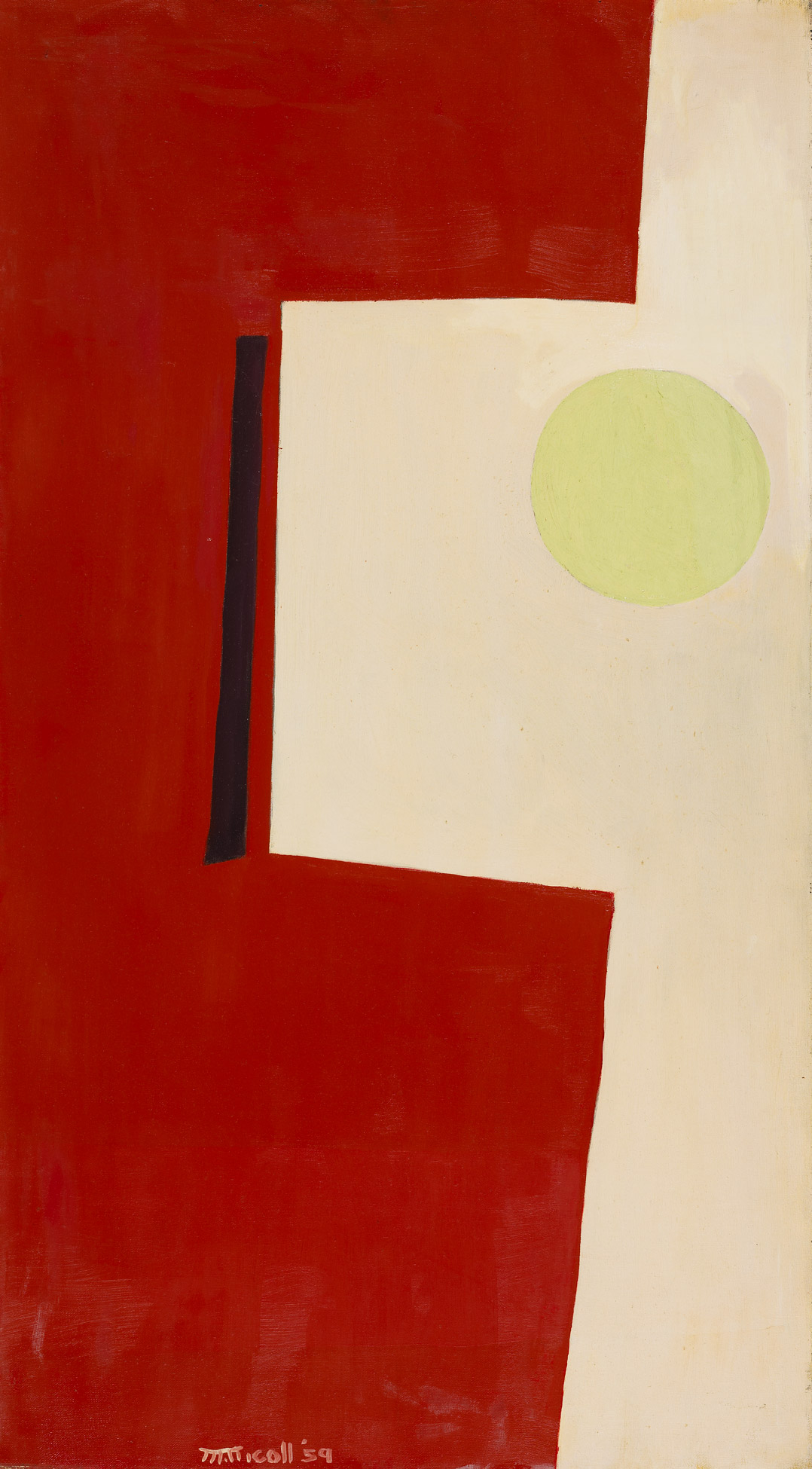
Marion Nicoll, Thursday’s Model, March 12, 1959
Oil on canvas, 92 x 51.1 cm
National Gallery of Canada, Ottawa
Thursday’s Model is formed of just four colours: two large areas of red and white shapes, and two smaller areas of colour, a yellow circle and black thin rectangle. In this painting, Marion Nicoll distilled the observable world to a minimum. Between September 1958 and April 1959, while studying at the Art Students League of New York, Nicoll developed her practice from automatism to hard-edge abstraction. In Thursday’s Model, made during one of her last classes of the academic year on March 12, 1959, she successfully realized a flat picture plane with no spatial depth by presenting a visual field dominated by colour and shape.
Her brushwork in Thursday’s Model is highly controlled to create distinct shapes, clean edges, and single areas of colour—significant departures from her previous landscapes in the oil medium, which yielded textured results and intermingled forms. Here the goal was to make the brushstrokes nearly invisible to the eye, and so she pressed the brush flat against the painting surface. The antithesis of her approach in early figure paintings and portraits, this process took the subject only as a point of departure in her search for a modern vocabulary she later came to name “classical abstractions.” It was an important transition to a new method, one she developed alongside vital experiences while living in New York. During her time in the city, she had the opportunity to continue her studies with Will Barnet (1911–2012), and to see colour-field painting by Mark Rothko (1903–1970) and Hans Hofmann (1880–1966) in person.
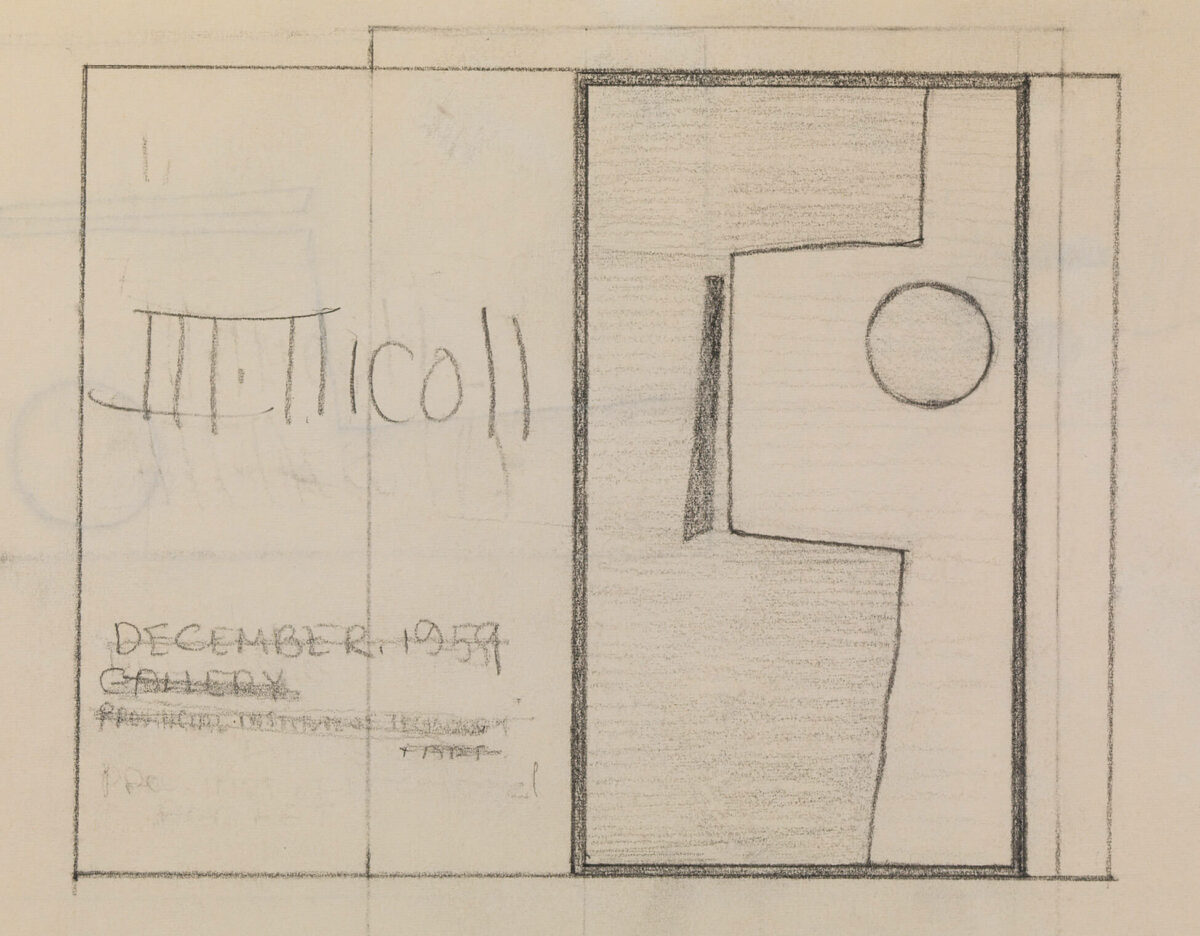
Thursday’s Model holds an important place in Nicoll’s practice for it was among the twenty paintings that formed her first solo exhibition, M.Nicoll ’59, which opened on December 7, 1959, at the Provincial Institute of Technology and Art, Calgary, after she had spent a year abroad in New York and Europe. A preliminary drawing in the Glenbow collection confirms that Nicoll designed her own brochure to accompany the exhibition and that Thursday’s Model served as the cover image to represent her new work. It earned positive reviews from local critics, who noted her austerity of means and clarity of form.
The honour of presenting a solo exhibition in one’s home city was already a significant achievement, but the show was of sufficient interest that it precipitated the unusual circumstances of presentation at two more local venues in 1960—the Bowness Town Hall in the Nicolls’ neighbourhood, and the Calgary Allied Arts Centre downtown. The exhibit was Calgary’s inaugural experience with the international genre of hard-edge painting, which established much of Nicoll’s reputation afterwards. No longer were her abstracts private studio exercises, as had been the automatics; henceforth her hard-edge compositions represented her voice as an artist.
Within Nicoll’s marriage, however, support for her new direction was only partial. Acting as spokesperson for his wife’s exhibition at the Bowness venue, fellow artist Jim Nicoll (1892–1986) remarked: “The general public, conditioned to naturalistic painting…are understandably bewildered, or even irritated by the current prevailing schools of abstract painting. It is necessary to make an unprejudiced effort to meet the modern artist half way and attempt to understand his ideas and artistic vision.” Despite her husband’s antipathy for abstraction, Nicoll embarked on her most productive decade of painting. As she had done with Jock Macdonald (1897–1960), she looked to supportive artist colleagues, including Barnet. With renewed momentum, Nicoll did not turn back. Next, Nicoll shifted her attention to her immediate environment—the Alberta Foothills and Prairies.

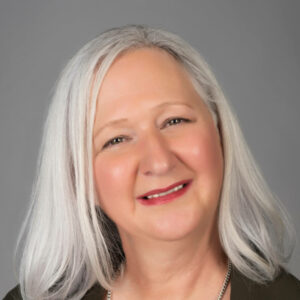 About the Author
About the Author
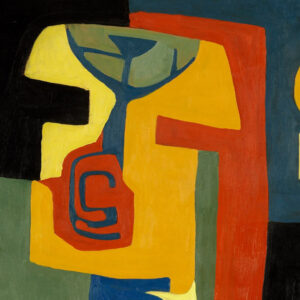 More Online Art Books
More Online Art Books
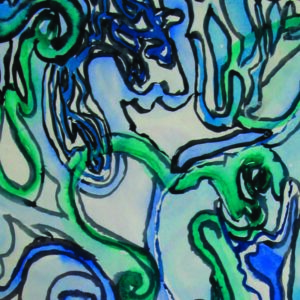 Acknowledgements
Acknowledgements